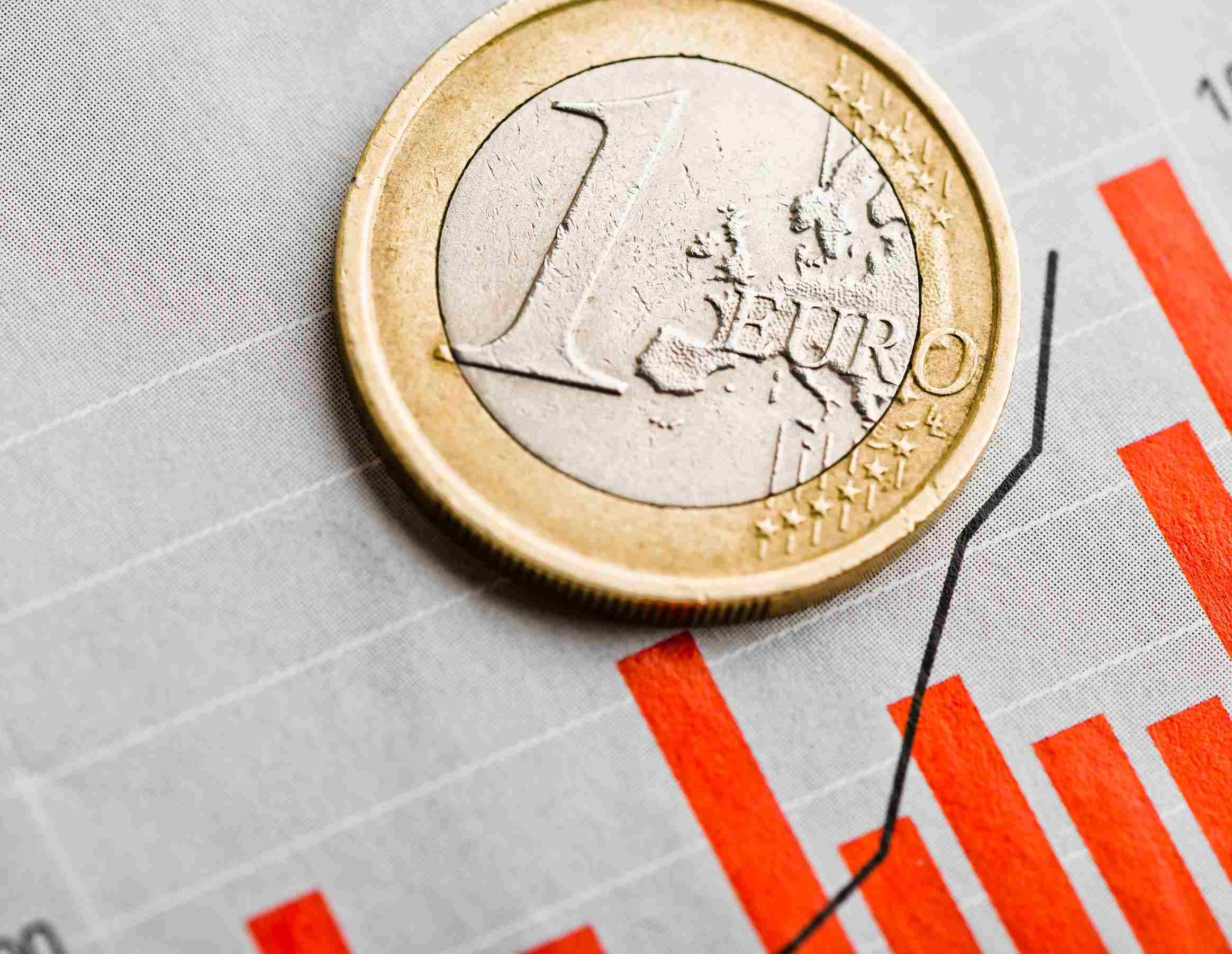With an average temperature of 18.3 °C compared to the normal 16.2 °C, June was the second warmest June month since 1901, the start of measurements. Only June 2023 was warmer on average. The sun was visible every day somewhere and it was drier than average.
This last day of the month will be the warmest day
The first eleven days of the month saw temperatures around the long-term average and it rained often. The coldest temperature was recorded in Deelen at 3.6 °C on June 11. After that, it was mostly summer-like, sometimes tropical warm. On the longest day of the year, June 21, it became tropical warm again in many places. Due to the low humidity, it did not feel oppressive. At the end of the month, very warm air flowed from Spain over the Netherlands again. In the south and east, it reached 30 to 35 °C in many places. This last day of the month will be the warmest day.
Drier than average
The most rain fell in the first ten days of the month, with June 8 being the wettest day. On the night of June 7 to 8, 30 to 50 millimeters fell in many places in the north. On average, 51 millimeters of precipitation fell across the country, making it drier than the long-term average of 66 millimeters. The differences across the country were significant, with slightly more precipitation than usual in the north and much less precipitation than usual in large parts of the center and southwest.
No sunless days
As usual in June, the sun shone the most along the west coast
With an average of 273 hours of sunshine across the country compared to an average of 214 hours, the month was very sunny. There were no sunless days: the sun was visible every day somewhere. As usual in June, the sun shone the most along the west coast. At the KNMI station in Hoek van Holland, there were about 305 hours of sunshine, while the long-term average is 230 hours. The gloomiest was in the east of the country at the KNMI station in Nieuw-Beerta with about 230 hours of sunshine.




